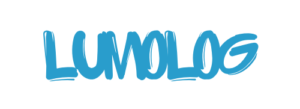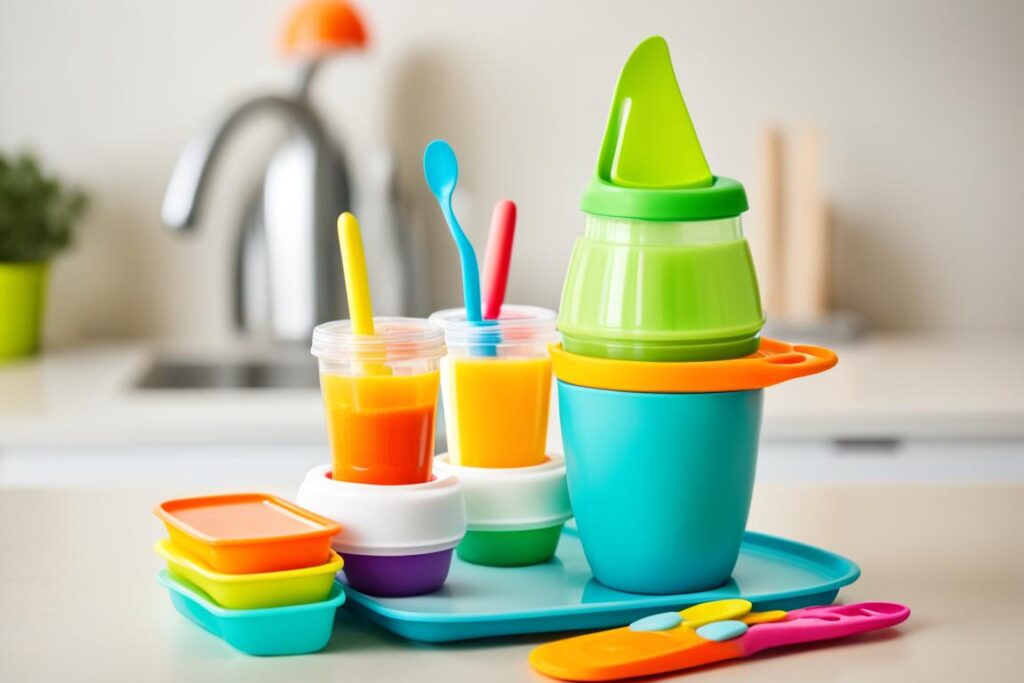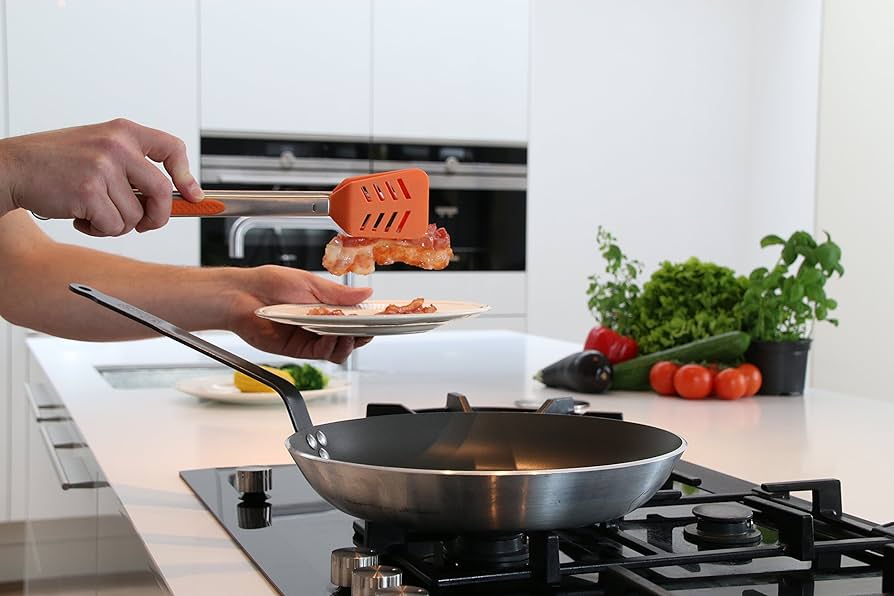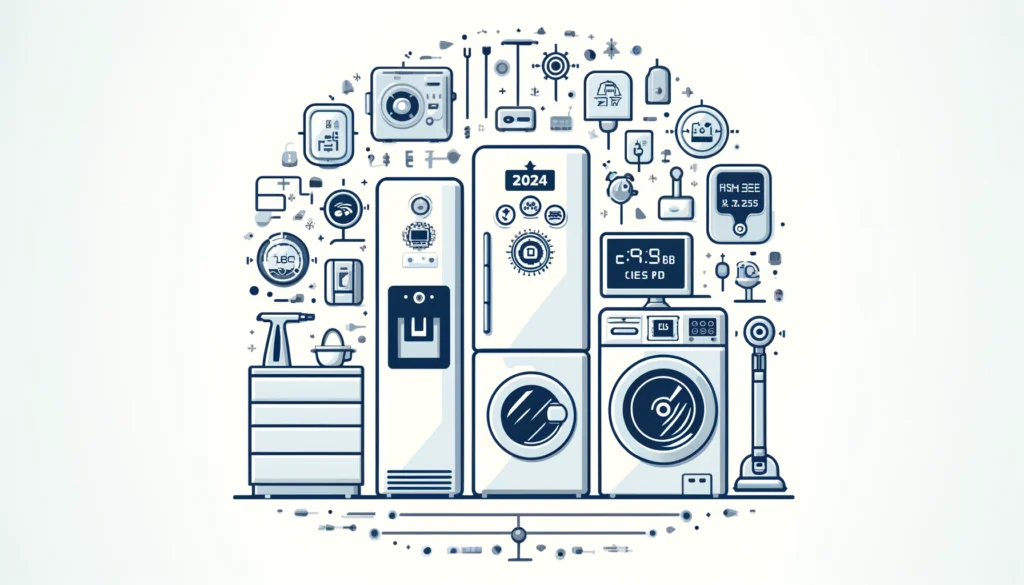Introducing solid foods to babies and toddlers is an exciting milestone in their development. As parents, we want to ensure that our little ones have all the essential feeding gear to make mealtime enjoyable and stress-free.
When it comes to feeding essentials, there are a few key items that every parent should have on hand. From high chairs to baby spoons, these products not only make feeding easier but also promote healthy eating habits and proper nutrition.
Before we dive into the must-have feeding essentials, it’s important to note that the American Academy of Pediatrics (AAP) recommends starting solid foods around six months old. Look out for signs of developmental readiness, such as holding up their head and neck, sitting up independently, and showing interest in food.
Key Takeaways:
- Starting solid foods around six months old is recommended by the American Academy of Pediatrics (AAP).
- Signs of developmental readiness for solids include holding up head and neck, sitting up alone or with support, opening mouth when food is offered, swallowing food, bringing objects to the mouth, trying to grasp small objects, and doubling birth weight.
- Consult with a pediatrician before introducing solid foods to your baby.
- Essential feeding gear includes high chairs, baby spoons, bibs, bowls and plates, storage containers, sippy cups, splash mats, baby food steamers and blenders, and freezer trays.
- Consider factors like budget, space availability, and ease of cleaning when choosing feeding gear.
Essential Feeding Gear for Babies and Toddlers
When it comes to feeding your little ones, having the right gear can make all the difference. From baby bibs to high chairs, here are some must-have feeding essentials for babies and toddlers.
Baby Bibs: Catching Spills in Style
One of the most essential feeding items for babies is a reliable set of baby bibs. Silicone bibs are highly recommended for their easy cleaning and ability to catch food spills effectively. They are durable, waterproof, and come in a variety of fun colors and patterns.
Get Baby Bibs from The Natural Baby Comapny
Baby Spoons and Toddler Utensils: Ease and Comfort
Feeding your little one with the right utensils is crucial. For babies, it’s best to use small and flexible baby spoons that are gentle on their delicate gums. As your child grows into a toddler, consider investing in utensils that are easy for their little hands to grip, promoting independence and self-feeding.
Checkout the options from Nuby
High Chairs: Comfort and Safety
A high chair is an absolute must-have for babies and toddlers during mealtime. When choosing a high chair, consider factors such as rolling chairs for easy maneuverability, wooden chairs for durability, and budget-friendly options. Look for high chairs that provide comfort, safety features, and adjustable heights to accommodate your child as they grow.
Buy Baby High Chair from Buy Buy Baby
Baby and Toddler Plates: Durability and Convenience
When it comes to plates for babies and toddlers, opt for options that are durable and easy to clean. Look for plates made of BPA-free materials that can withstand the occasional drop and are dishwasher-safe. Some plates even feature compartments to separate different foods, making mealtime more exciting.
Get Baby and Toddler Plates options from Munchkin
Overview of Essential Feeding Gear
| Feeding Gear | Description |
|---|---|
| Baby Bibs | Silicone bibs for easy cleaning and catching food spills. |
| Baby Spoons and Toddler Utensils | Small and flexible baby spoons for comfort and ease. Toddler utensils for little hands to grip. |
| High Chairs | Comfortable and safe chairs for babies and toddlers during mealtime. |
| Baby and Toddler Plates | Durable and easy-to-clean plates for babies and toddlers with compartments for food separation. |
Having the right feeding gear is essential for a smooth and enjoyable mealtime experience with your little ones. From catching spills to promoting self-feeding, these essentials help make feeding time a breeze.
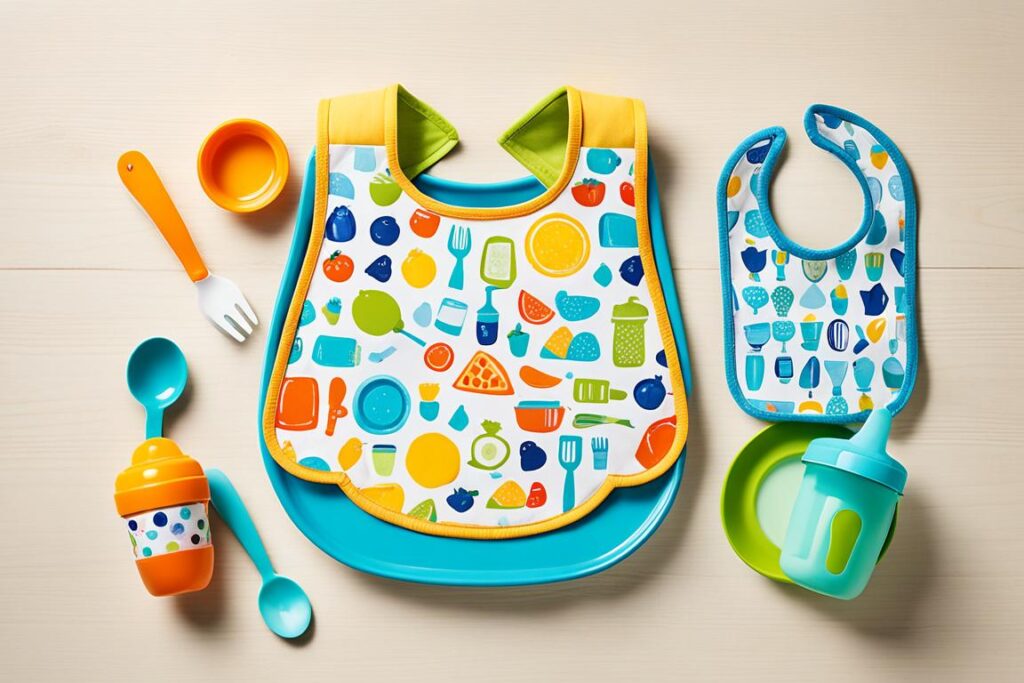
Conclusion
Feeding essentials are crucial for a seamless and enjoyable mealtime experience with babies and toddlers. The right gear, including high chairs, booster chairs, bibs, bowls and plates, baby spoons, storage containers, sippy cups, splash mats, baby food steamers and blenders, and freezer trays, ensures that you have everything you need to make feeding a breeze.
When choosing feeding gear, it’s important to consider factors such as budget, space availability, ease of cleaning, and durability. Investing in high-quality products that meet your specific needs will save you time and effort in the long run.
Before introducing solid foods, it is essential to ensure that babies are developmentally ready. Consulting with a pediatrician can provide valuable guidance and ensure that you are making the right choices for your little one.
During the feeding journey, embracing experimentation and observing your baby’s preferences can make the experience more enjoyable for both of you. Every baby is unique, and it’s important to let them explore different tastes and textures as they continue to develop their palate.
With the right attitude and essential feeding gear, feeding babies and toddlers can be an exciting and delicious experience. Create a nurturing and engaging mealtime environment, and watch as your little one grows and thrives with every bite.
